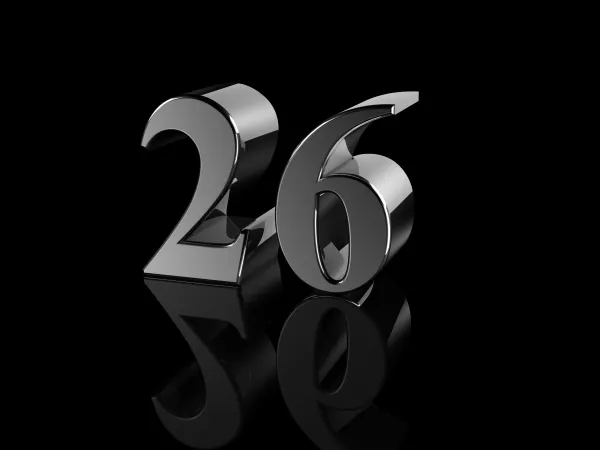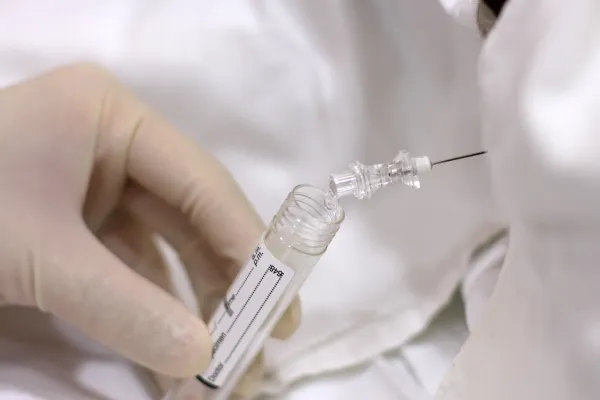Evaluate All the Options Before Billing TEE

Question: One of our anesthesiologists performs TEE prior to or during certain surgeries. Our dilemma is in how to bill for his service. The hospital owns the equipment and the cardiologist reads the TEE. Since those services get reported with modifiers TC and 26, how can we bill for our physician’s role? Or is it not possible? Rhode Island Subscriber Answer: Start by verifying when the anesthesiologist performs the TEE. If the anesthesia provider completes it intraoperatively for monitoring during the surgery, you cannot bill it separately to Medicare or any other payer who follows the National Correct Coding Initiative (NCCI) edits as a monitoring TEE is bundled into the anesthesia services. If the anesthesia provider performs TEE prior to or during the surgery for diagnostic purposes, the appropriate code is reported with modifiers 26 (Professional component) and 59 (Distinct procedural service). If doppler is also used, append modifier 26 to the correct code: +93320 (Doppler echocardiography, pulsed wave and/or continuous wave with spectral display (List separately in addition to codes for echocardiographic imaging); complete) and/or +93325 (Doppler echocardiography color flow velocity mapping (List separately in addition to codes for echocardiography)). Another possibility: Because the cardiologist is reading the results, your anesthesiologist might be placing the TEE and not performing any other service. If so, you should code with 93313 (Echocardiography, transesophageal, real-time with image documentation (2D) (with or without M-mode recording); placement of transesophageal probe only) or 93316 (Transesophageal echocardiography for congenital cardiac anomalies; placement of transesophageal probe only). Both of these codes are for TEE probe placement only without additional monitoring, interpretation, acquisition of images, or separate report.




